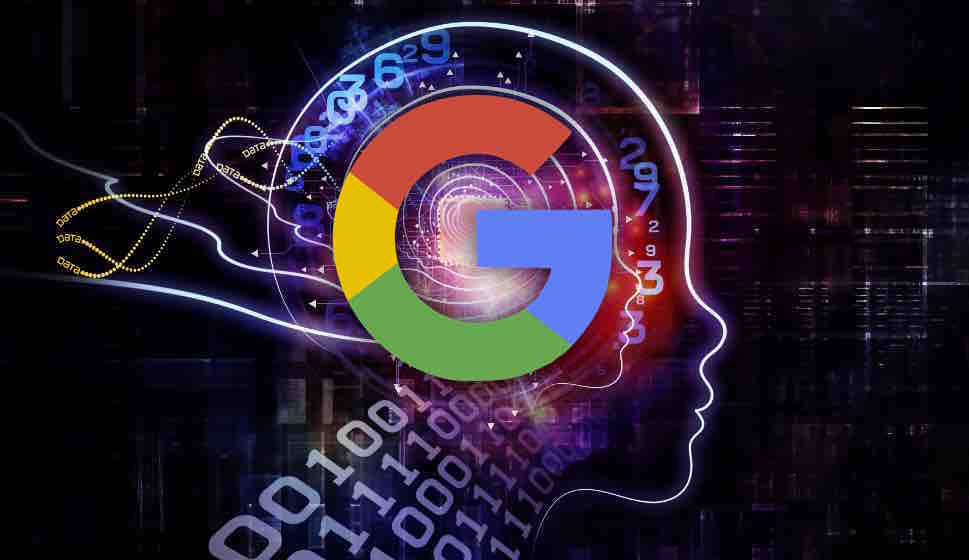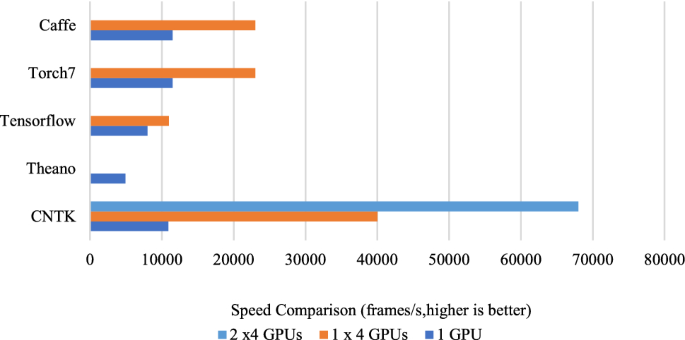
Stuart J. Russell, computer scientist and author of the nonfiction book Human Compatible, warns about the dangers of advanced artificial Intelligence. According to the book, such systems have the potential of threatening human life. The author proposes some Principles for AI evolution. These Principles will guide the evolution of AI technologies.
Cooperative Inverse Reinforcement Learning
Cooperative Inverse Reinforcement Learning, or CIR, is a method used in reinforcement learning and has been proposed for AI. This is based upon a partial-information system in which the robot and the human are rewarded according the human reward function. CIR involves the robot and the person being aligned in their values and preferences. This will maximize the value of their interactions.
A technique for designing AI systems that adhere to moral standards is cooperative inverse reinforcement learning. This allows AI systems perform tasks that are most beneficial to them and in their best interests. CIR allows humans to develop AI systems that are compatible with the human body, but still retain their autonomy.

Off-switch
The off-switch Game is an attempt at understanding how uncertainty regarding the reward influences AI decisions. The authors present a simple model in which the AI must have doubts about its goals and shut down if it is pulled from the socket. They are hoping to get generalizable results.
Guidelines for the development of AI
For AI to be compatible with humans, alignment must be achieved. AI is still in its infancy, but it can be used for many purposes that aren't in the best interests. It can be used to do harm to others, and it may also become self-destructive and imprudent. AI should be created to adhere the principles of global consensus in order to avoid this.
It is possible to create AI machines that are solely altruistic. These machines would not value their own existence or well-being. They would also be unable to discern human preferences and show humility and deference. They would also have an incentive to be quiet in the presence of people.
The problem can be solved in several ways
This book offers several solutions to the problem of AI that is compatible with humans. The book begins with an overview of AI's nature, risks, and potential benefits to humanity. It then discusses how AI can be made more beneficial for humans. It also discusses possible side effects and undesirable outcomes of AI programming. An AI system studying cancer might make all people guineapigs. Or it could set all variables to extremely high values to accomplish its goal.

Human oversight and participation is one way to solve the problem of AI that is compatible with humans. This process can ensure that AI is aligned with human interests. For example, it can be designed to learn and understand human preferences and beliefs.
FAQ
How does AI impact work?
It will transform the way that we work. We will be able to automate routine jobs and allow employees the freedom to focus on higher value activities.
It will enhance customer service and allow businesses to offer better products or services.
It will allow us to predict future trends and opportunities.
It will enable organizations to have a competitive advantage over other companies.
Companies that fail AI implementation will lose their competitive edge.
Who is the inventor of AI?
Alan Turing
Turing was born in 1912. His father was a clergyman, and his mother was a nurse. After being rejected by Cambridge University, he was a brilliant student of mathematics. However, he became depressed. He learned chess after being rejected by Cambridge University. He won numerous tournaments. He worked as a codebreaker in Britain's Bletchley Park, where he cracked German codes.
He died in 1954.
John McCarthy
McCarthy was born 1928. Before joining MIT, he studied maths at Princeton University. There, he created the LISP programming languages. He was credited with creating the foundations for modern AI in 1957.
He died in 2011.
What does AI look like today?
Artificial intelligence (AI), a general term, refers to machine learning, natural languages processing, robots, neural networks and expert systems. It's also known as smart machines.
Alan Turing, in 1950, wrote the first computer programming programs. He was fascinated by computers being able to think. He presented a test of artificial intelligence in his paper "Computing Machinery and Intelligence." The test tests whether a computer program can have a conversation with an actual human.
John McCarthy in 1956 introduced artificial intelligence. He coined "artificial Intelligence", the term he used to describe it.
There are many AI-based technologies available today. Some are simple and straightforward, while others require more effort. They can be voice recognition software or self-driving car.
There are two types of AI, rule-based or statistical. Rule-based relies on logic to make decision. An example of this is a bank account balance. It would be calculated according to rules like: $10 minimum withdraw $5. Otherwise, deposit $1. Statistics is the use of statistics to make decisions. To predict what might happen next, a weather forecast might examine historical data.
What are the benefits to AI?
Artificial intelligence is a technology that has the potential to revolutionize how we live our daily lives. It's already revolutionizing industries from finance to healthcare. It's also predicted to have profound impact on education and government services by 2020.
AI is already being used to solve problems in areas such as medicine, transportation, energy, security, and manufacturing. There are many applications that AI can be used to solve problems in medicine, transportation, energy, security and manufacturing.
What is it that makes it so unique? Well, for starters, it learns. Unlike humans, computers learn without needing any training. Instead of teaching them, they simply observe patterns in the world and then apply those learned skills when needed.
This ability to learn quickly is what sets AI apart from other software. Computers can process millions of pages of text per second. They can quickly translate languages and recognize faces.
And because AI doesn't require human intervention, it can complete tasks much faster than humans. It may even be better than us in certain situations.
In 2017, researchers created a chatbot called Eugene Goostman. Numerous people were fooled by the bot into believing that it was Vladimir Putin.
This shows that AI can be extremely convincing. Another benefit of AI is its ability to adapt. It can be easily trained to perform new tasks efficiently and effectively.
This means that companies do not have to spend a lot of money on IT infrastructure or employ large numbers of people.
How does AI work
An algorithm is a set of instructions that tells a computer how to solve a problem. An algorithm is a set of steps. Each step must be executed according to a specific condition. A computer executes each instructions sequentially until all conditions can be met. This repeats until the final outcome is reached.
For example, suppose you want the square root for 5. It is possible to write down every number between 1-10, calculate the square root for each and then take the average. It's not practical. Instead, write the following formula.
sqrt(x) x^0.5
This is how to square the input, then divide it by 2 and multiply by 0.5.
A computer follows this same principle. It takes your input, multiplies it with 0.5, divides it again, subtracts 1 then outputs the result.
Statistics
- By using BrainBox AI, commercial buildings can reduce total energy costs by 25% and improves occupant comfort by 60%. (analyticsinsight.net)
- A 2021 Pew Research survey revealed that 37 percent of respondents who are more concerned than excited about AI had concerns including job loss, privacy, and AI's potential to “surpass human skills.” (builtin.com)
- More than 70 percent of users claim they book trips on their phones, review travel tips, and research local landmarks and restaurants. (builtin.com)
- According to the company's website, more than 800 financial firms use AlphaSense, including some Fortune 500 corporations. (builtin.com)
- The company's AI team trained an image recognition model to 85 percent accuracy using billions of public Instagram photos tagged with hashtags. (builtin.com)
External Links
How To
How do I start using AI?
One way to use artificial intelligence is by creating an algorithm that learns from its mistakes. This can be used to improve your future decisions.
A feature that suggests words for completing a sentence could be added to a text messaging system. It could learn from previous messages and suggest phrases similar to yours for you.
The system would need to be trained first to ensure it understands what you mean when it asks you to write.
Chatbots can also be created for answering your questions. You might ask "What time does my flight depart?" The bot will respond, "The next one departs at 8 AM."
This guide will help you get started with machine-learning.